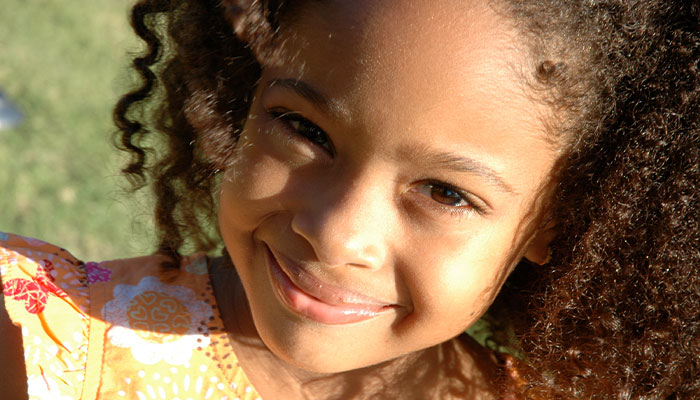While we believe that the books and resources recommended may be of value to you, keep in mind that these are suggestions only and you must do your own due diligence to determine whether the materials are appropriate and suitable for your use. PNC has no sponsorship or endorsement agreement with the authors or publishers of the materials listed.
WEATHER

Sunny Days
Children will perform an experiment in the Sun and discuss sunny weather.

Lesson Objective
Children will perform an experiment with the Sun’s effects on a variety of materials and discuss sunny weather.
Science
What You'll Need
- A sunny day
- Muffin tins or egg cartons – 1 per child
- Chocolate pieces – 1 tablespoon per child
- Broken crayons – 1 tablespoon per child
- Grated cheese – 1 tablespoon per child
- Ice cubes – 1 per child
- Marshmallows – 1 per child
- Small plastic toys – 1 per child
- Wooden blocks – 1 per child
- Rubber bands – 1 per child
- Rocks – 1 per child
- Shells – 1 per child
- Broken chalk – 1 tablespoon per child
- Bowls – 11 per table
- Tablespoons – 1 per child
What To Do
- Discuss different types of weather; including sunny days (see Did You Know?).
- Tell the children they will be experimenting with different materials to see how the Sun affects them.
- Distribute the muffin tins or egg cartons to the children.
- Place bowls of materials on the tables. Help the children place a tablespoon of each material into separate sections of the tins or cartons.
- As children are completing this step, have them make predictions about what might happen to each item.
- Assist the children with placing their tins or cartons outside in a sunny location. Leave the tins/cartons in the Sun for several hours.
- Bring the tins/cartons back inside and discuss what happened (see Guiding Student Inquiry).
Resources
Home School Resources
Home educators: use these printable lesson PDFs to teach this lesson to your home schoolers. They're available in English and Spanish.
Content Provided By
Common Core State Standards Initiative – These lessons are aligned with the Common Core State Standards ("CCSS"). The CCSS provide a consistent, clear understanding of the concepts and skills children are expected to learn and guide teachers to provide their students with opportunities to gain these important skills and foundational knowledge [1]. Visit the CCSS


